**  USA Customers: Enjoy up to $800 Tax Free Imports - Even with Tariffs, we're still better value than US stores! **
USA Customers: Enjoy up to $800 Tax Free Imports - Even with Tariffs, we're still better value than US stores! **
With the warmer weather and longer daylight hours in the spring and summer, many horse owners look forward to being able to turn out their horses and ponies to pasture again.
Horse paddock management isn’t just about trimming fields so that they look pretty. Good paddock management is a combination of regular mowing, grazing, and careful rotation of your fields so that your horses benefit from a healthy balanced diet and you don’t suffer from overgrazing.
Before we answer the question of how long after mowing can horses graze, it is important that we discuss the benefit of mowing.
Mowing is an important element of field, paddock, or horse pasture management for several reasons.
Now, let’s address the question: How long should horses wait before grazing after mowing?
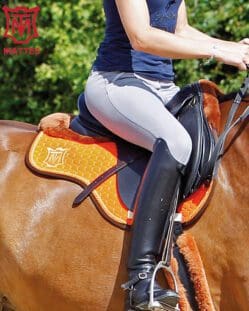
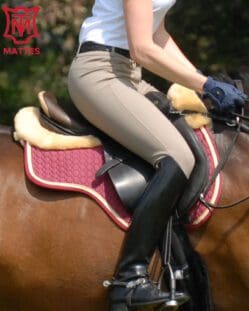
You only have to search on forums to see varied answers and much debate from horse owners about this question. Some horse owners put their horses straight back onto a cut field, others wait and some even feed their horses the grass clippings.
There is no definitive answer to this question because it depends on so many varied factors, the number of paddocks or pastures available and the number of horses (Ideally you need 4 acres per horse to prevent overgrazing), the time of year, the height, and the type of grass. When deciding on how long to keep a horse off pasture, as the land owner, you must take into consideration all these factors, including what is actually realistic and practical.
A good rule of thumb is that a field or pasture should be allowed to rest until the grass is about 4 – 6 inches high. If you have several fields that you can rotate this shouldn’t be an issue, if you don’t then you may have to adjust this accordingly.
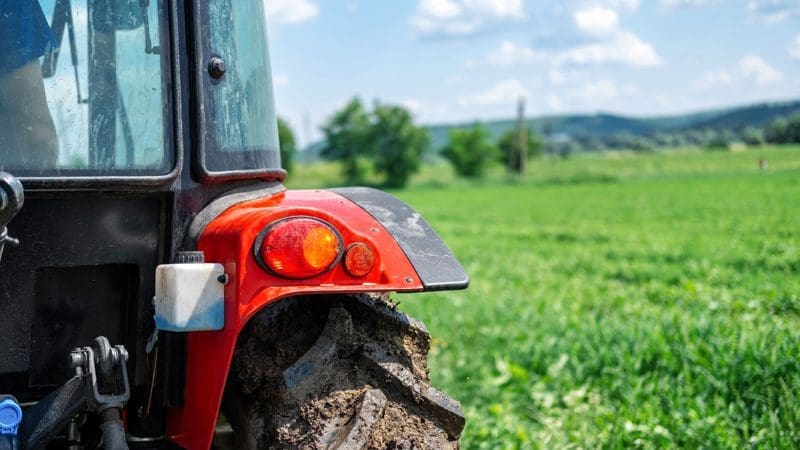
If a field has been topped it is better to round up the topped grass rather than leave it on the field. If you have to leave it on the field, give it time to dry out before introducing your horses.
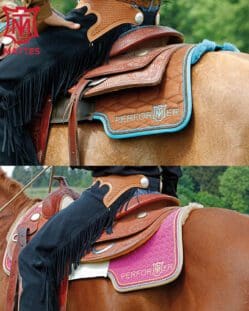
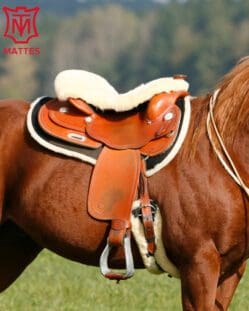
It is common to hear the question “Why can’t horses eat cut grass? Isn’t hay just grass clippings?”
It is true, hay is cut grass, but hay is made through a careful process of cutting, turning, and drying out before being baled as hay.
Reading the forums, it appears many people feed their horse’s grass clippings without an issue, but if you understand the process that a horse goes through when eating grass, you will appreciate the problems that horses eating freshly cut grass can cause.
Naturally grazing horses take their time to look for suitable grass to eat. They tear it from the ground between their teeth and then grind it down before moving on to the next patch of grass. This is a slow process, and horses will spend many hours grazing on grass, exactly how their bodies were designed to function.
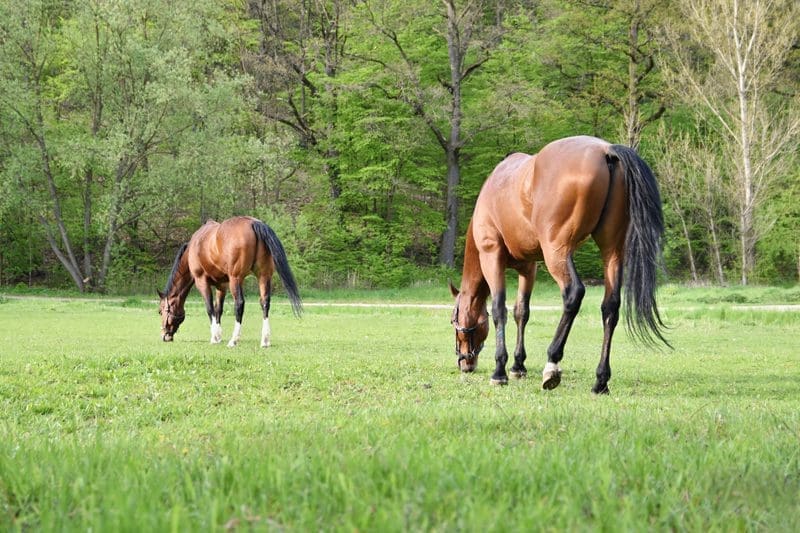
If you feed horses fresh-cut grass or clippings, they can take much larger amounts than they are used to and tend to swallow without chewing it properly which can lead to severe health problems, such as colic, Laminitis, and even choking.
If grass clippings are left in large piles, they heat up and ferment very quickly, attracting mold and unhealthy bacteria. (stick your hand in a pile of garden grass clippings after a couple of hours). This can cause untold stomach problems and in some cases can even be fatal.
If you have to feed your horse’s cut grass then, follow the same process you would for hay. The moisture content of cut grass should be less than 20%, so make sure you have spread it out and let it dry for at least a couple of days before use.
As horse owners, we believe it’s essential to offer our insights on the ideal timeframe for horses to graze after mowing. Beyond addressing this specific question, our article aims to highlight the importance of effective pasture management and the advantages of implementing regular grazing and mowing practices for your horses.
As well as manufacturers of custom made horse tack since 2007, we have also been working hard on our Pink Equine Blog, to share with you informative and interesting articles such as this one.
Whilst you are here, we hope you will take a bit of time to explore our site and view some of our unique horse tack designs, as well as the beautiful and technically proficient range of saddle pads and girths by E A Mattes.